The visit to Rome of Father Pedro Pablo Opeka, CM, had a double purpose: to make known the work done in the Mission of Madagascar among the most forgotten poor and to collect funds to continue that work in Akamasoa. At the press conference held in Rome, Father Pedro said, “When people see that their financial contributions, donated generously, are being well invested for the good of the poor, they continue giving.”
The press conference was attended by, among others, the Superior General, Father Tomaž Mavrič, CM, and the Ambassadors to the Holy See from Argentina, Monaco, and Slovenia, who will continue supporting Father Opeka’s work. They offered their backing to new works that, like this one, can be carried out in other parts of the world for the benefit of the poorest. Those who have been able to share closely with Father Pedro Opeka discover in him a Vincentian man, who expresses with simplicity, in the words of Saint Vincent, what the poor mean to him, they “are my burden and my sorrow.”
Amakasoa’s poor people are always present in his thoughts and in his life, as he conveyed in these words, “I often get angry at the media, because despite the fact that many governments could help end poverty, they are kept as spectators, and this makes me angry.”
He also recalled what it means for him to be a Vincentian missionary in Madagascar, “living in Akamasoa is, first of all, action, not words. Those of us, who never hide the truth, seek to be clear when we face problems. We do not ignore them. We face them. That is sincerity.” For 40 years, Father Opeka has worked in Madagascar, among the poor of the earth. The name that this work has taken, Akamasoa, means “good friend” in the local language. That is the name of this incredible adventure, which he started 29 years ago, not as a dream, but as a concrete reality.
It all began in 1989, in the dump of Antananarivo, the capital of Madagascar. The poor, after having been expelled from cities and fields, saw this garbage dump as their last refuge. They dug among the debris in order to seek their livelihood. The children slept covered in flies. There, young and old died, without anyone bothering to bury them. Prostitution spread. This image, of men, women, and children living in inhuman conditions, broke Father Opeka’s heart. Thus, he began searching for a way to help the poor. Thanks to some aid, first received from local religious communities, Father Pedro was able to develop his idea of how to help people help themselves. There was a granite quarry near the dump. Whoever was willing to work there could produce bricks, slabs, and gravel, which, when sold, would have been sufficient only to buy rice and nourish the family. In this way, under the guidance of Father Pedro, the inhabitants of the garbage dump united, began to sell and, with their work, a bit of hope came into view.
This magnificent work speaks for itself:
- 25,000 people benefited from the social project and living in the villages of Akamasoa. Each of these towns has schools, a dispensary, and workplaces for adults: quarries, masonry, carpentry, agriculture, and crafts.
- 30,000 poor come to Akamasoa each year seeking specific help: food, medicine, and clothing.
- 13,000 children benefit from a scholastic education, thanks to the schools built.
- 3,000 houses have been built.
In 2014, Akamasoa was recognized by the State as a public interest project, confirming the need for its presence and action in the island’s general social functioning. At the base of Father Pedro’s social project is the idea of helping the person to help him/herself.
Source: cmglobal.org




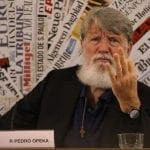

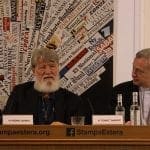
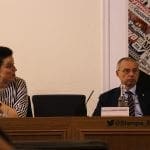
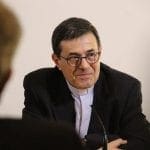


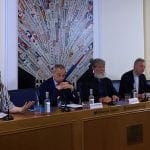




0 Comments